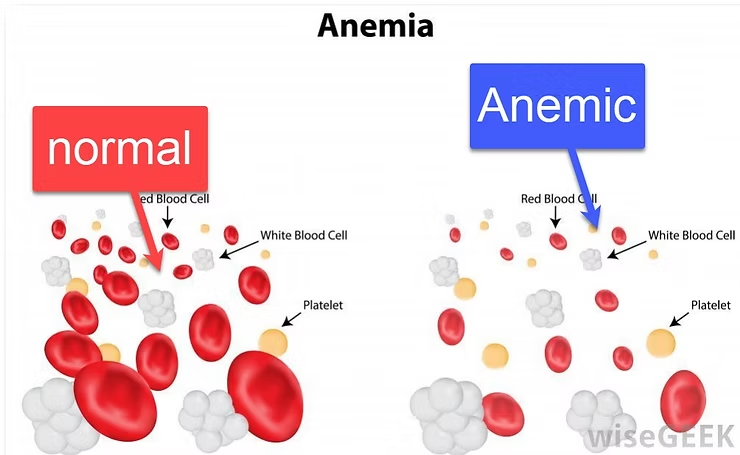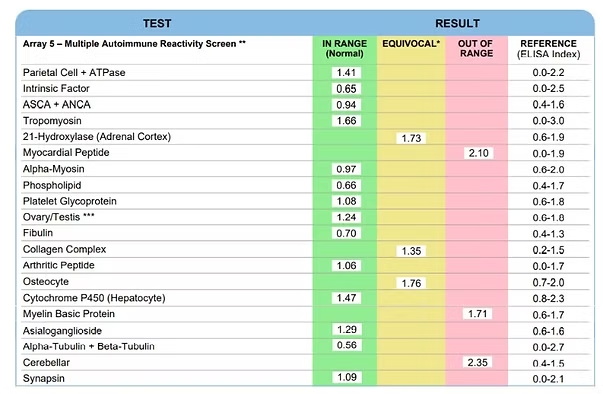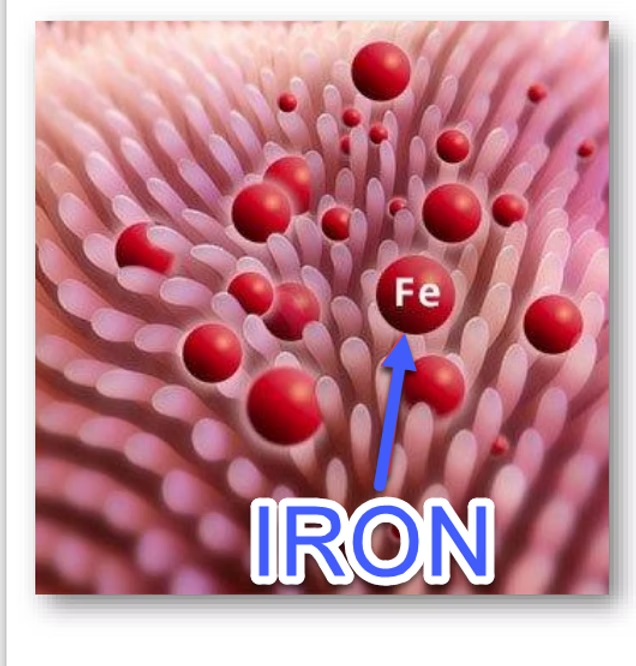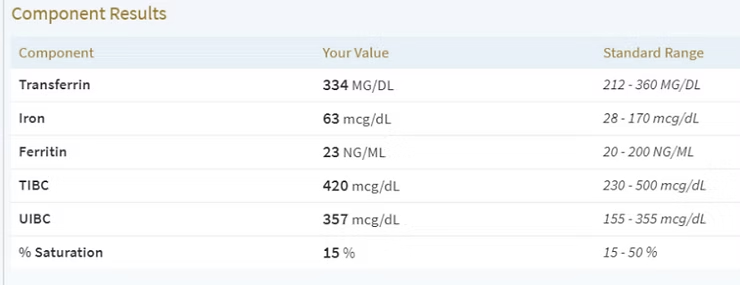Chronically Fatigued? Get Your Iron Levels Checked!
Today, I wanted to talk about the significance of iron and how iron levels are often overlooked in the conventional medical care system. I have had numerous cases, particularly women, who have come to me anemic, or subclinical anemic (meaning you cannot be diagnosed with anemia, but your iron status is poor). In many of these cases, people are suffering from brain fog or fatigue, fibromyalgia, GI issues, problems with tendons, tingling, and other nervous system problems, and more.
What's the Point of Iron?
Iron serves an important purpose in our body: it allows blood to carry oxygen through the entire circulatory system. When your iron levels are in the optimal “sweet spot,” your blood is able to carry oxygen to the cells and tissues much more easily. If your iron levels are low, it can contribute to other problems you are already suffering from and complicate your diagnosis. Your entire diagnosis may simply be “low iron.”
It is possible to have low iron levels and not be anemic, but it still means running on poor oxygen levels as well. Imagine you have a race car, but use low-quality fuel. The result will be lower performance than if you are using a high-quality fuel. The same goes for your body.
13 Important Iron Markers
There are 13 important markers to look at for iron levels. Some of the markers your doctor may look at include hemoglobin, hematocrit, MCV, MCH, MCHC, RDW, and more.
So, looking at one case, specifically looking at her red blood cells, the patient is at a level of 4.03, which is low. Looking at their hemoglobin, this particular patient reads at 11.3, and a marker of 12 is considered “low.” Her hematocrit is reading at 34.9, when it needs to be at a level of at least 37. At this point, the patient could be considered anemic.
Without improving their iron levels, this patient likely will not see noticeable improvements. With less oxygen being carried around to her tissues, it is very difficult for her systems to function and repair.
This is why a polytherapy approach is necessary as opposed to a monotherapy approach. Our body has many different systems, sort of like an orchestra. The orchestra director cannot just focus on one instrument and expect everything else to be fine. The director needs to pay attention to all of the individual instruments. The same goes for the body. We need to look at a wide range of potential causes in order to maintain optimal health.
Let's Talk About Ferritin
I would particularly like to focus on something called ferritin. Ferritin is a marker of iron storage. Iron is so important that your body stores it all over: in organs, tissues, etc. When your iron storage goes down, the amount of iron in your bloodstream also goes down. A ferritin test helps doctors test your iron storage amounts. If your ferritin levels are low, it indicates you have a low storage of iron in your body, and possibly may be anemic.
Men store roughly 1,000mg of iron, enough to last them about three years. Women, on the other hand, only store about 300mg of iron, or enough for six months. What that means is that iron levels are more critical for women than for men.
So women only have a few months’ worth of iron. Let’s say that, on top of that, you also have poor gut health. Maybe you have bad gas, leaky gut, constipation, diarrhea, or even just infrequent bowel movements (every other day or so). If you have these issues, then you likely are not absorbing your iron very well either. In my experience, fixing your gut health is a very important step to fixing many other health issues. If your gut is not working properly, you won’t be getting proper nutrients (iron or otherwise).
When it comes to ferritin, the sweet spot is between 40 and 80. Less than that, and the stores of iron start coming out of your organs and tissues to help blood levels of iron work, and eventually, you run into suboptimal iron stores.
If you can only get one marker checked out of the 13 iron markers, in my opinion, ferritin is the most important to understand iron status.
Clinical Case Review
I would like to share with you two clinical cases. In both of these people, iron status was never even addressed, and they actually had significant enough iron problems to be diagnosed with anemia.
Looking at one patient, her saturation is at 15. That’s not the sweet spot, and she will be having issues with her blood cells not delivering enough oxygen.
Because this was just a small spot on her lab report, this was missed. It was not addressed. This is why we need to consider a whole-body approach when it comes to trying to diagnose the cause of a problem.
Looking at another ferritin case, we see the patient is at 11. Again, the saturation should be 40 to 80. The doctors tell her, “It’s a little low, but no big deal.” Guess what the patient has? She has brain fog, brain fatigue, tremors, and physical fatigue. All of this can be caused by not having enough oxygen delivered to the body’s tissues.
Now, some people say, “I went to the doctor, who told me I had anemia. I started taking some supplements, and I got constipated,” or they might list other ways the supplement may not be agreeing with them. Many people with poor iron status take supplements that don’t agree with them, and that is an entirely different issue to try and figure out and solve. I have helped many, many people solve those cases and recover, and eventually get their iron status back up to par.
In Conclusion
I hope this was helpful for you. If you want to see more, there is also a video where I explain all of this in detail, and you can subscribe to my channel on YouTube and follow my blog to get more content like this in the future.
Frequently Asked Questions (FAQ)
Iron allows blood to carry oxygen throughout the body. Low or suboptimal iron levels can cause fatigue, brain fog, muscle weakness, and other health problems, even if you are not officially diagnosed with anemia.
Yes. Many people have subclinical anemia, meaning their iron levels are too low to support optimal health, but not low enough for a formal anemia diagnosis. This still reduces oxygen delivery to tissues and can cause chronic fatigue and related symptoms.
Ferritin is a marker of iron storage in your body. It shows how much iron is kept in your tissues and organs. Optimal ferritin levels are between 40–80 ng/mL. Low ferritin often leads to fatigue, brain fog, and poor oxygen delivery.
There are 13 important markers for iron status, including hemoglobin, hematocrit, MCV, MCH, MCHC, RDW, and especially ferritin. Looking at multiple markers gives a more accurate picture than relying on just one test.













